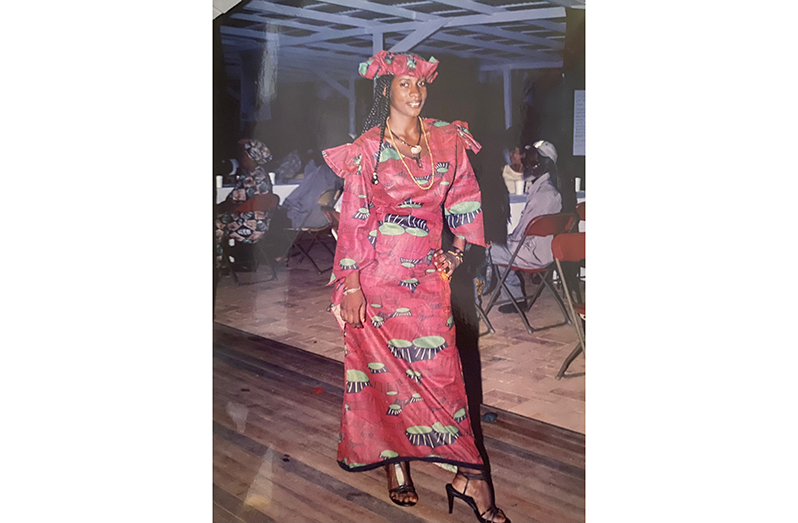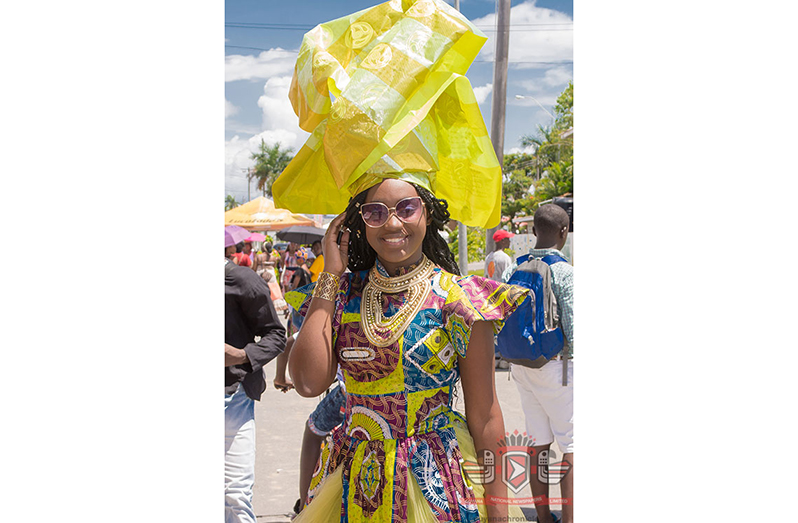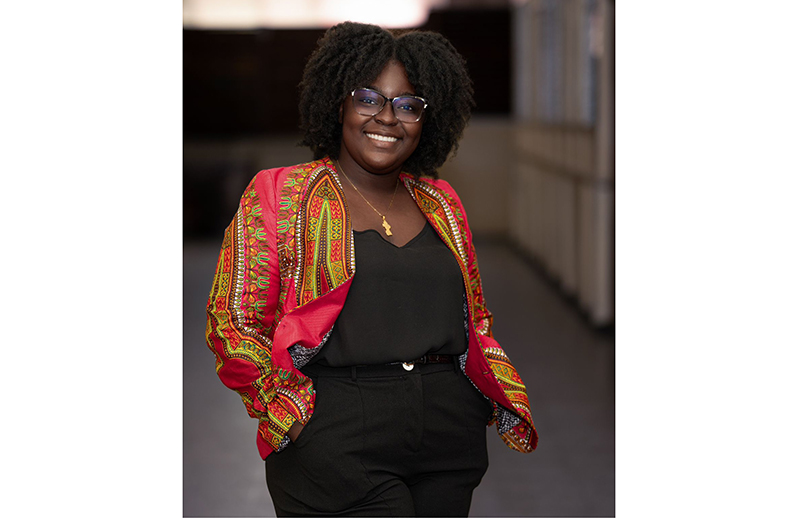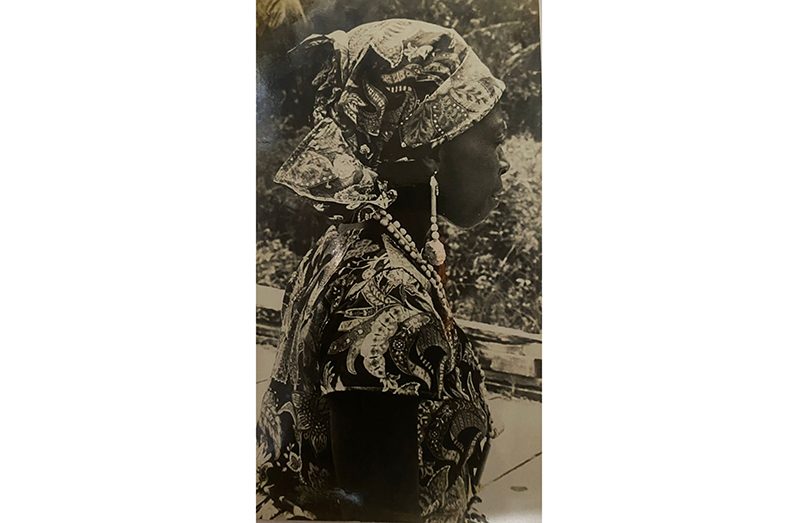~The revolution of African garments
By Naomi Parris
Filled with vibrant threads of colour, uniqueness and history, African clothing is full of life, telling the stories of the past, present and future.
Varying from colourful prints to embellished symbols traditional African garments depict a turbulent past of trials and triumphs. In Guyana however, while African clothing does not stray from its traditional roots, it does have a modern flare. Some traditional wears worn in Guyana include the Dashikis and Kaftan dresses, which are usually worn during Emancipation Day festivities on August 1st.

THE TRAVELING HISTORY OF FABRIC
The evolution of clothing in African history is very difficult to trace due to the lack of written word and actual historical evidence. What is known and has been pieced together were handed down from word of mouth (oral history), theatre, movies masquerades, art and artefacts which show sculptural representations of clothing.
Research revealed that clothing was not generally a necessity in many African nations, due to the warm and hospitable climate. Many tribes in fact did not wear much at all. The men wore just a loin cloth or apron and the women wore wraps around their waist or breasts, often adorning the rest of their bodies with scarification and paint ochres.
Bark cloth, furs, skins and hides were mainly used for these first forms of clothing.

SIGNIFICANCE
While the significance may not be the same for Guyanese, different tribes throughout the African continent pride themselves on their national dress. These varied styles, fabrics and prints play an integral role in fashioning an entire identity, community and tribe.
It’s not just a fashion statement piece African clothing often reflects the society in general as well as the status of individuals or groups within that community.

MODERN AFRICAN CLOTHING
Today while fashion has been influenced heavily by foreign cultures such as the colonial impact or popular western dress code, traditional dress is worn by millions of people for both ceremonial occasions and for everyday wear.
With the most popular being the Ankara fabric. This vibrant material with rich, colorful patterns in recent years has become very trendy and even made its way to luxury designer brands.
Ankara has gone beyond being merely a piece of attire to date it is being used as a base for hats, handbags, shoes and all manners of clothing, as well as décor items for the home.
Personal Wardrobe

As a lover of all things African, whether it be clothing, accessories or music, having pieces of my history embedded in my everyday life gives me a sense of pride.
In Guyana the vibrant prints of African garments usually flock the local markets as celebrations for Emancipation are nearing. For me personally these pieces of clothing are more than just for special occasions and events, as I incorporate pieces of these gems in my everyday life and so should you.

African clothing has been modernized and it ever so changes to fit the latest fashion trends, while still staying true to its unique style. Today, African clothing is much more than just the traditional Dashiki, it comes in various colors, designs, materials and styles with each garment offering its own authentic look and identity.





.jpg)








